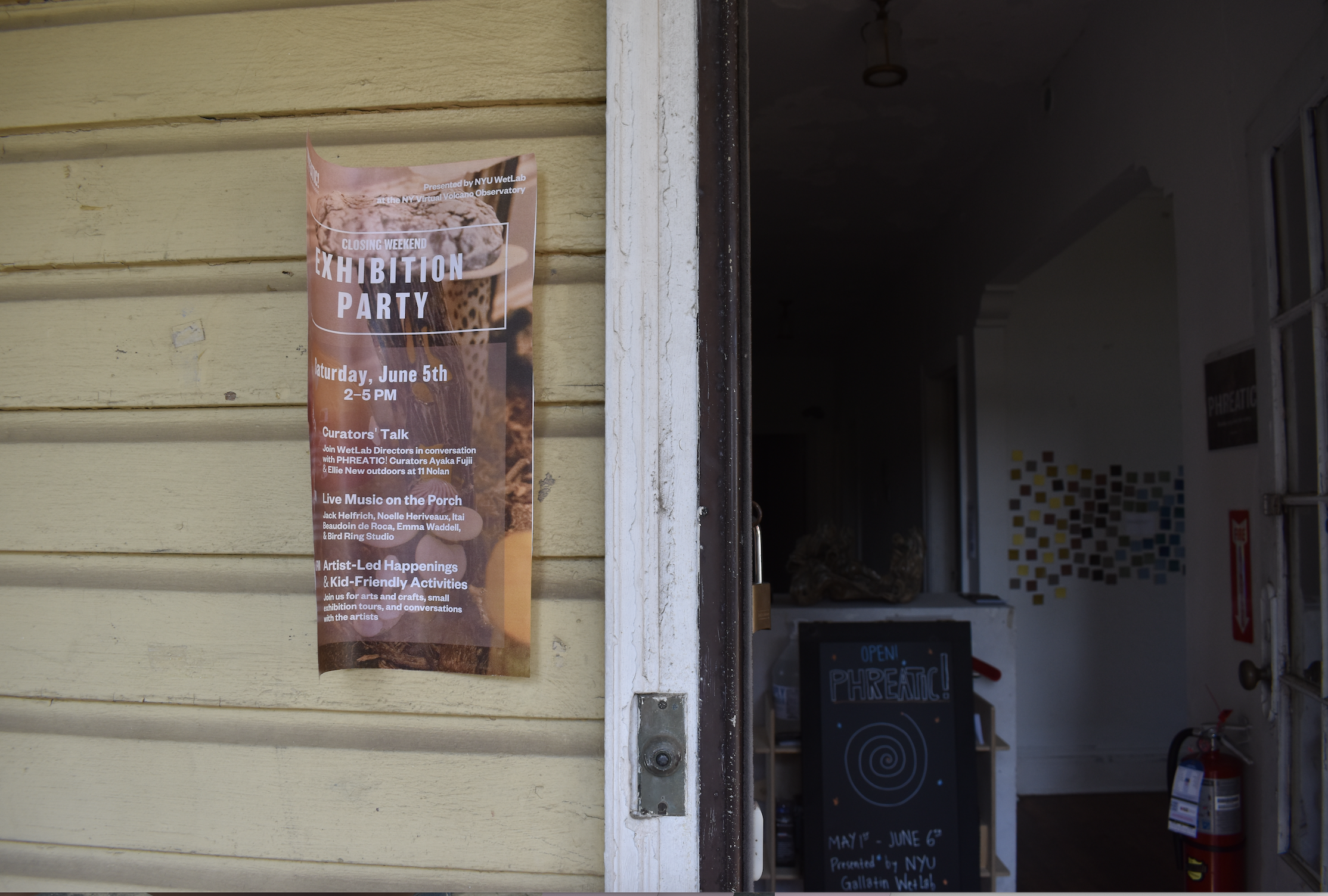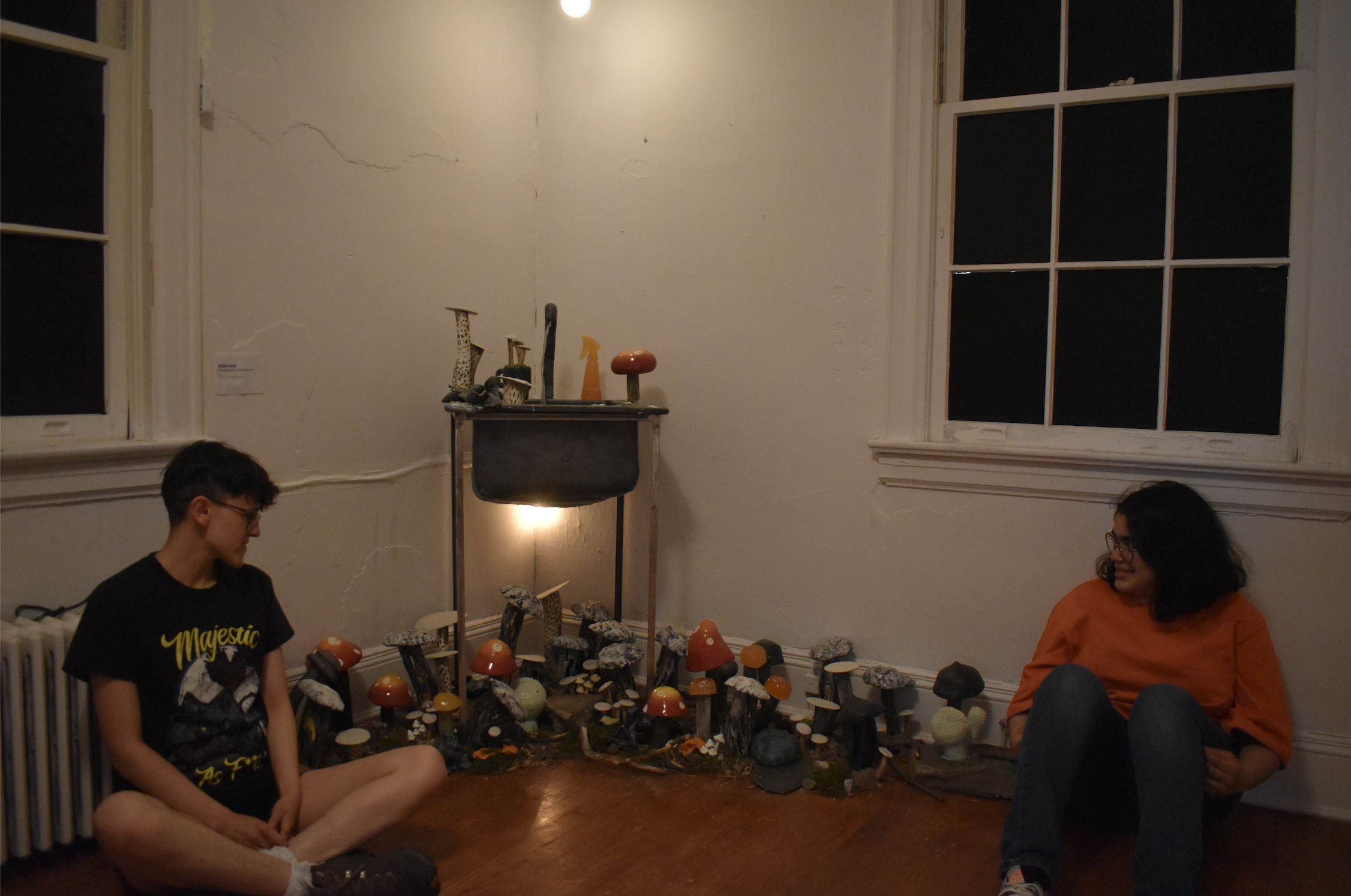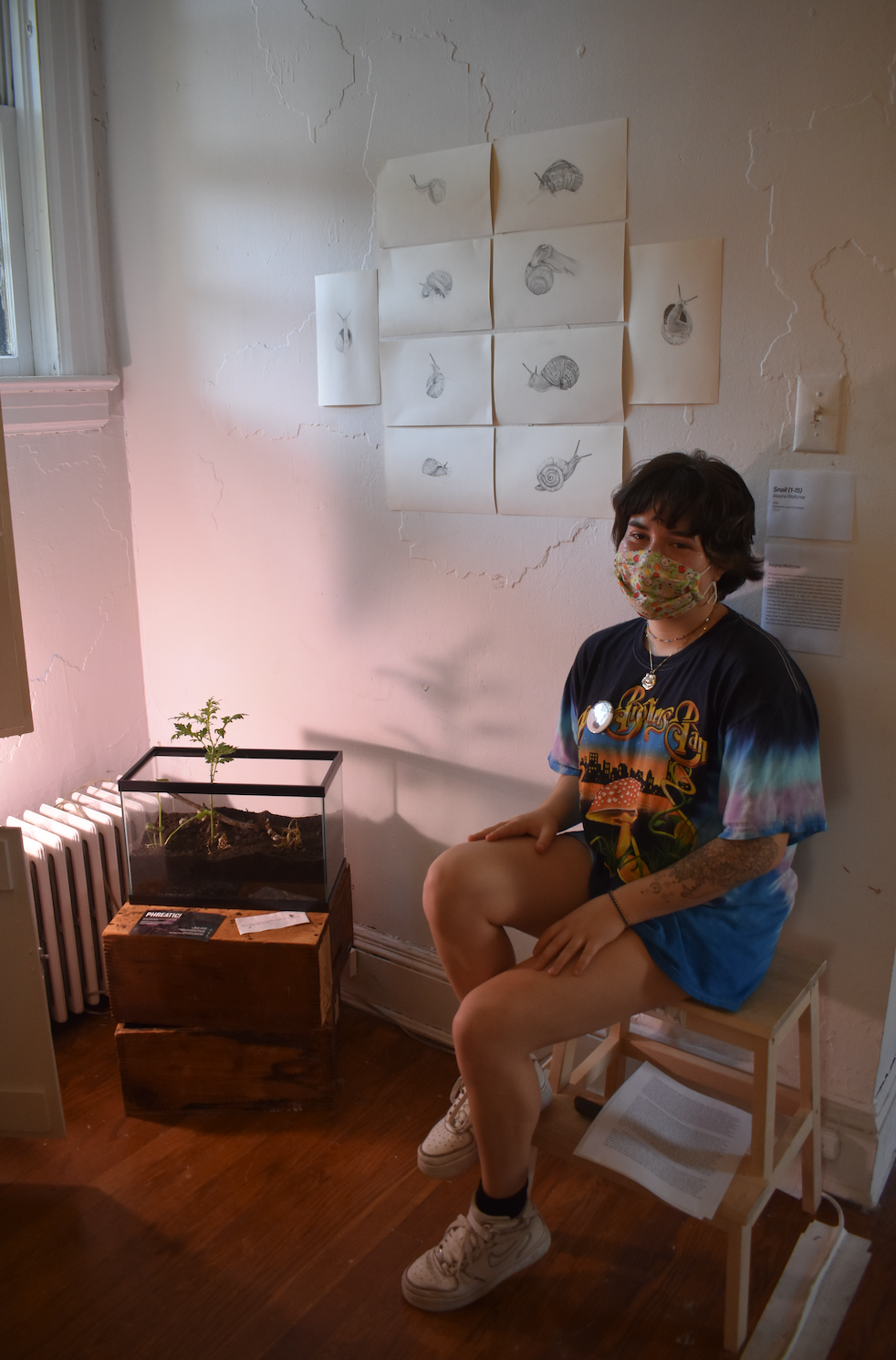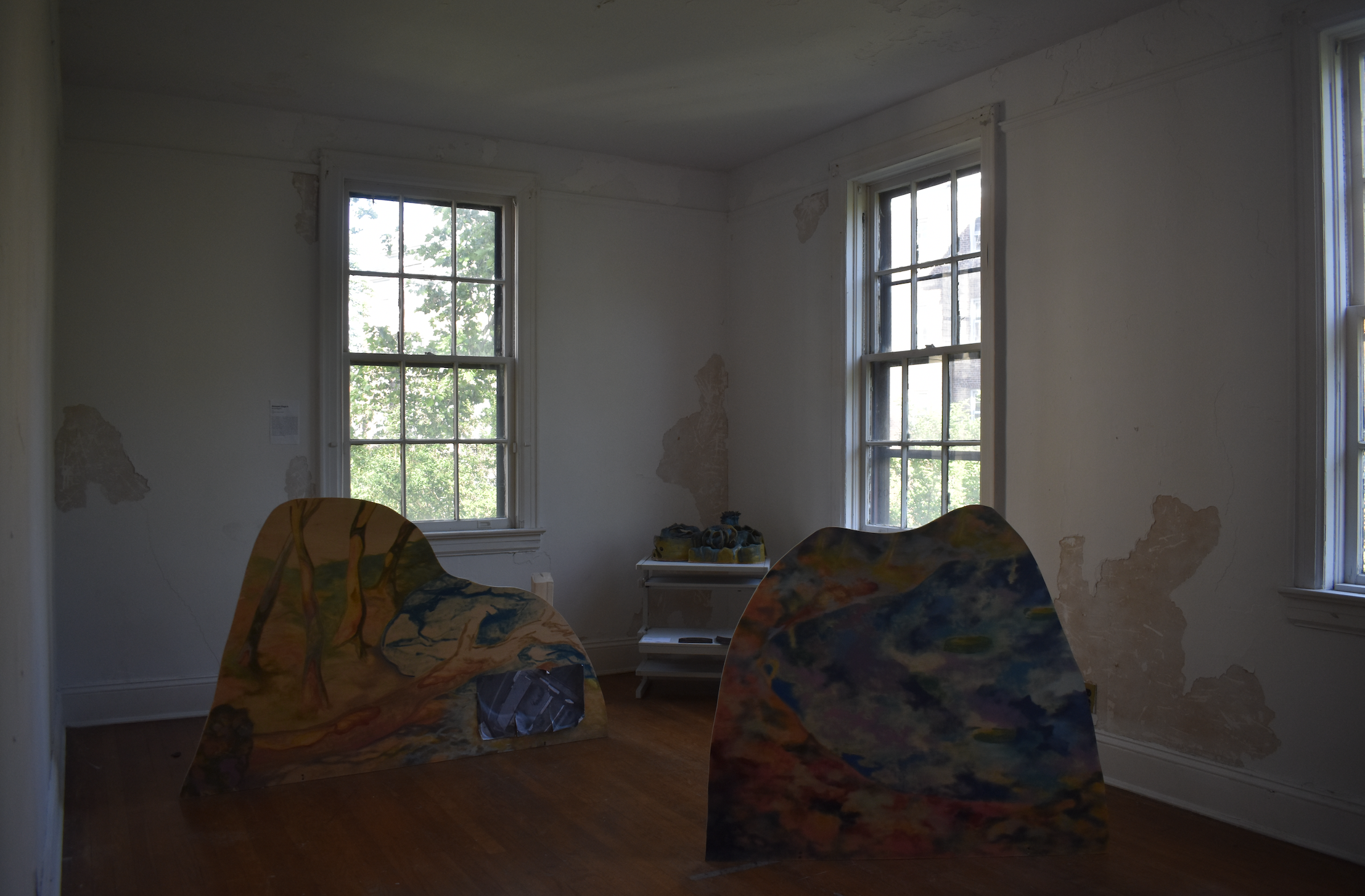Reflection on research methodology
As I continue my summer research journey, I have affirmations in: one, my mentor is correct, there are few existing dataset describing impacts of environments to the artist hence confirmed the challenge I will encounter when trying to draw meaningful quantifiable relationships between the two; two, my research approach of data collection through interviews of artists is organic, slow, but working.
What do I mean when I consider the manual, slow, and organic approach working?
First, this approach has expected outcomes. These interviewees have been pre-filtered and qualified that they are artists or neighbors of artists (curators, researchers with environmentalist mindset). Each interview guaranteed additional information for my purpose of data synthesis. Second, I have complete flexibility on how I direct the interview. When I find interesting quotes or vignettes I could dig deeper, on the spot. Third, this approach provides a “cross-pollination” or I would love to call it an “entanglement” effect – each interviews allows me to reconnect with previous conversations and refine my research theme and perspective.

WetLab and environmental art
The relationship between individuals/artists and surrounding environments and the bi-directional impacts of the two are highly complicated; luckily, I have many research “playgrounds” I can continue to experiment, connect and gain as the playgrounds morph. One of the playground as the NYU-Gallatin WetLab, an experimental collective that features fields of environmental art and science through gallery exhibitions and interactive workshops.
I would like to feature the WetLab in two parts with focus on part one for this post – my interview with curators from the recent WetLab successful exhibition – PHREATIC! Through my numerous visits and interviews of the WetLab artists, staffs and curators, they show diverse representation of environmental artists intent, what in the environment makes them create and how their creative process have been. PHREACTIC! stands out from the other ecological art exhibit because one the location of the space on Governors Island for works in the context of city but with nature’s elements and two the space fo the exhibit is an old house on the island and the exhibition space became part of highlight and journey of the experience.

Organic and entanglement are the two key themes throughout the exhibit and curators Ayaka and Ellie’s intent. The WetLab showcases art inspired by nature with an element of strange and the space has the perfect environment to explore as it contains nature in the urban jungle. The curators are investigating to blur the boundaries on what is it to be human and what is it to be nature. The entanglement lays in the artwork, the house, the relationship between the artworks. This is so unique and perfectly relate to my research as it displays and represents the complicated entanglement almost serving as a game: urban vs. nature, artwork and the displaying space, the individual artwork vs. the holistic vibe of the house etc. Ellie refers the process and products of the exhibition as organic as the field of art science and interdisciplinary of art science are usually. framed as natural history museum. Another interesting chicken or the egg question – with exhibit that work so closely with the space, does the art come first or space come first. An example is the fungal project which was created before the space but worked perfectly into the dark corner of one of the rooms which again display the entanglement of human and nature. In this case artists and curators serve the agent to blur the boundaries.

Entanglement of the community
The exhibition has more science elements than the other eco-art I have encountered. An example is the cells stored in the kitchen which combines the field of display art and science with the context of women’s role in science field as the artwork is displayed in the kitchen area of the house. When considering relationships of the cells and bacteria they are fundamental elements of individuals and environments. The exhibition found moments of interaction which serves as organic guide. Another interactive element that is extremely intriguing is incorporating movement based art into the exhibition and the architectural space. For example, for the snails artwork artists had drawings of the snails and the snails themselves storying at the sunny bright corner of the house.

When asked about what worked I would summarized the curators’ response to “entanglement of the community”. All the artists got very excited about being part of the house, they peel the paint, enjoyed the plant grew inside the house. Ayaka mentioned “deep listening” – listening to the environment as a creative practice itself to find integration. For build and unbuild – the bridge is how they notice and how they. listen. Time was very challenging for the, this exhibit is one of the first experiments with emergent curatorial thoughts. There are a lot of agency and autonomy, everyone involves from artists to the staff.
As we are almost mid-way to our summer research, organic and entanglement has now meta meaning to my entire research thanks to WetLab.
One of my last takeaway from my rush notes is “art work is communicating the science”. Isn’t that what part of my research story trying to tell?
About NYU Gallatin WetLab
The NYU-Gallatin WetLab is an experimental art-science laboratory for students, artists, and researchers to create, develop, and display collaborative projects across the environmental arts and sciences. Currently WetLab resides on Governors Island through end of October.
